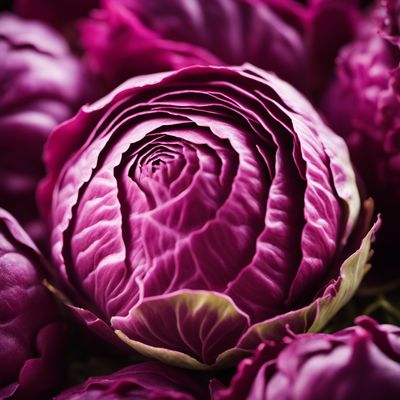
Ingredient
White cabbage
The Versatile Crucifer
White cabbage, also known as green cabbage, is a round, leafy vegetable with tightly packed layers. It has a pale green color, a crunchy texture, and a slightly sweet and peppery taste. Its appearance is characterized by its large, compact head of leaves.
Origins and history
White cabbage has been cultivated for thousands of years and is believed to have originated in Europe. It has a long history of culinary use in various cuisines, including European, Asian, and American. It is often associated with traditional dishes such as coleslaw, sauerkraut, and stuffed cabbage rolls.
Nutritional information
White cabbage is low in calories and a good source of dietary fiber, vitamin C, and vitamin K. It also contains small amounts of other essential nutrients such as vitamin B6, folate, and potassium.
Allergens
There are no known allergens associated with white cabbage.
How to select
When selecting white cabbage, look for heads that are firm and heavy for their size. The outer leaves should be crisp and tightly packed. Avoid cabbage with wilted or discolored leaves, as this may indicate poor quality or age.
Storage recommendations
To store white cabbage, remove any loose or damaged outer leaves and keep it in the refrigerator. It can be stored for up to two weeks if kept in a plastic bag or wrapped in a damp cloth to maintain moisture. Avoid storing it near fruits or vegetables that produce ethylene gas, as this can cause the cabbage to spoil faster.
How to produce
White cabbage can be easily grown in a home garden or container. It prefers cool weather and well-drained soil. Start by planting seeds or seedlings in early spring or late summer, and provide regular watering and fertilization. Harvest the cabbage when the heads are firm and fully developed.
Preparation tips
White cabbage can be used in a variety of dishes, including salads, stir-fries, soups, and stews. It can be eaten raw or cooked, and its leaves can be used as wraps or stuffed with fillings. To prepare white cabbage, remove the tough outer leaves, cut it into wedges or shreds, and rinse it thoroughly before use.
Culinary uses
White cabbage is commonly used in coleslaw, sauerkraut, kimchi, stir-fries, and stuffed cabbage rolls. It is also a popular ingredient in traditional European dishes such as borscht and cabbage soup.
Availability
White cabbage is widely available in grocery stores, supermarkets, and farmers markets worldwide.
More ingredients from this category
Recipes using White cabbage » Browse all

Korean Chinese Pancit Malabon
Savory Fusion: Korean Chinese Pancit Malabon

Tacos al Pastor with a New Nordic Twist
Nordic-Inspired Tacos al Pastor: A Fusion of Flavors

Krpice sa zeljem (Korean-style)
Kimchi Noodles with Cabbage (Krpice sa zeljem)
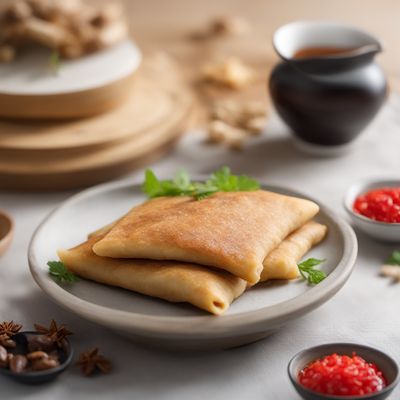
Liaoning-style Stuffed Pancakes
Savory Delights: Liaoning-style Stuffed Pancakes

Krpice sa zeljem (Spanish Style)
Sabrosas Krpice sa zeljem: A Spanish Twist on a Croatian Classic
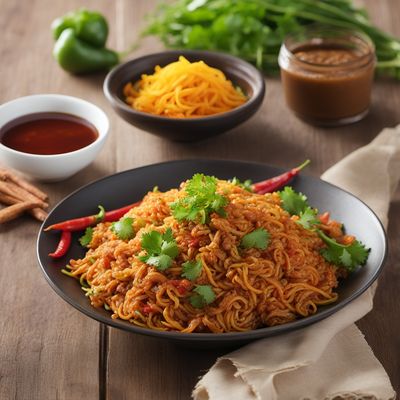
Javanese-style Maggi Goreng
Spicy Javanese Noodle Stir-Fry

Homestyle Creamy Coleslaw
Creamy Delight: A Homestyle Twist on Coleslaw

Lahana Soup
Savory Cabbage Delight
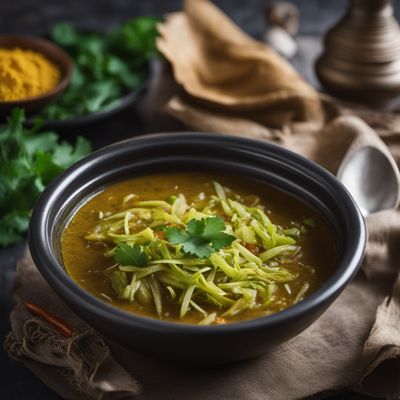
Uttar Pradesh-style Cabbage Soup
Spiced Cabbage Delight: A Flavorful Uttar Pradesh Soup
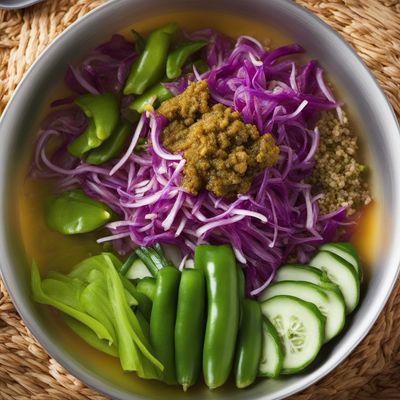
Acar Kuning - Malaysian Pickled Vegetables
Tangy Delight: Malaysian Acar Kuning - A Burst of Flavors in Every Bite

Vegetarian Spring Rolls
Vibrant Veggie Delight: Vegetarian Spring Rolls

Fast Food Spring Rolls
Crispy and Delicious Fast Food Spring Rolls


